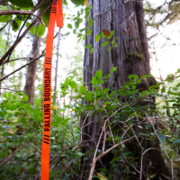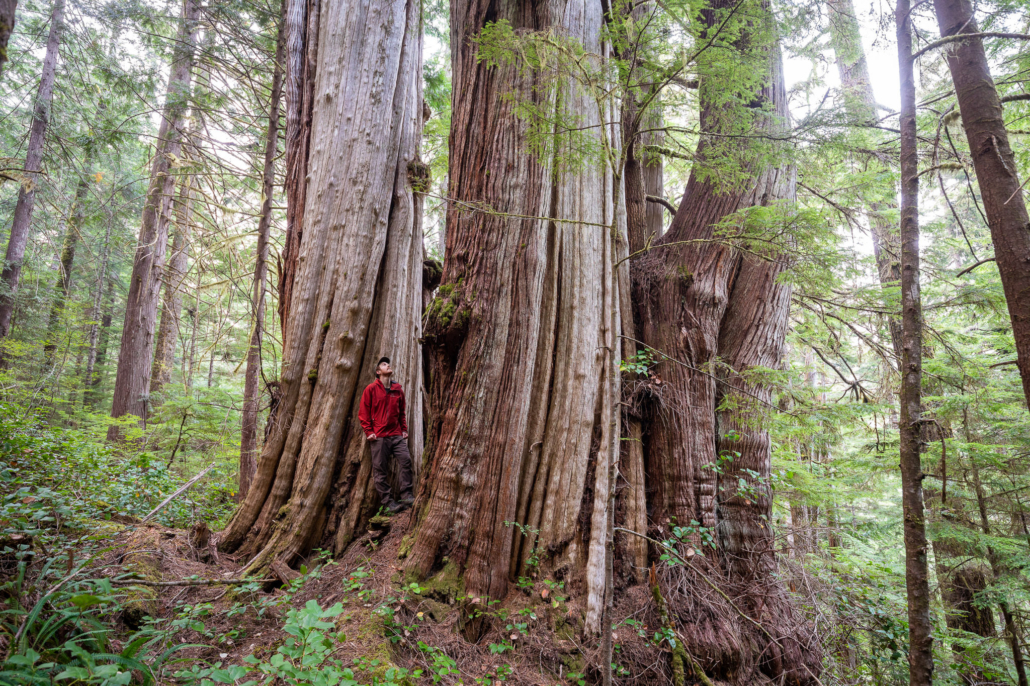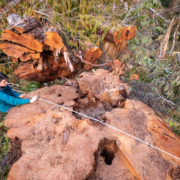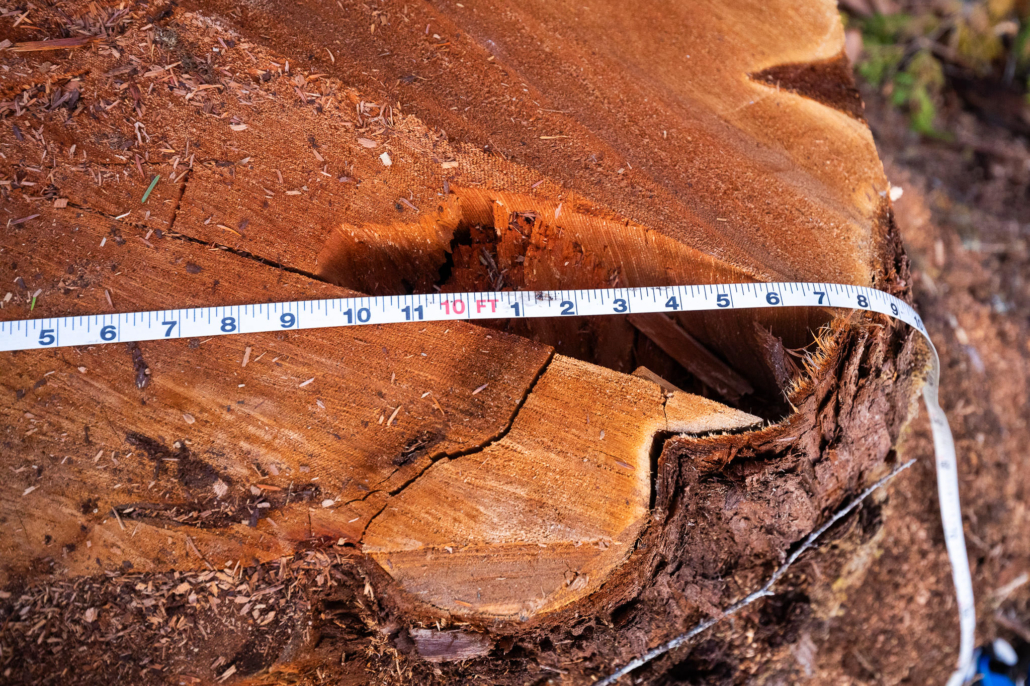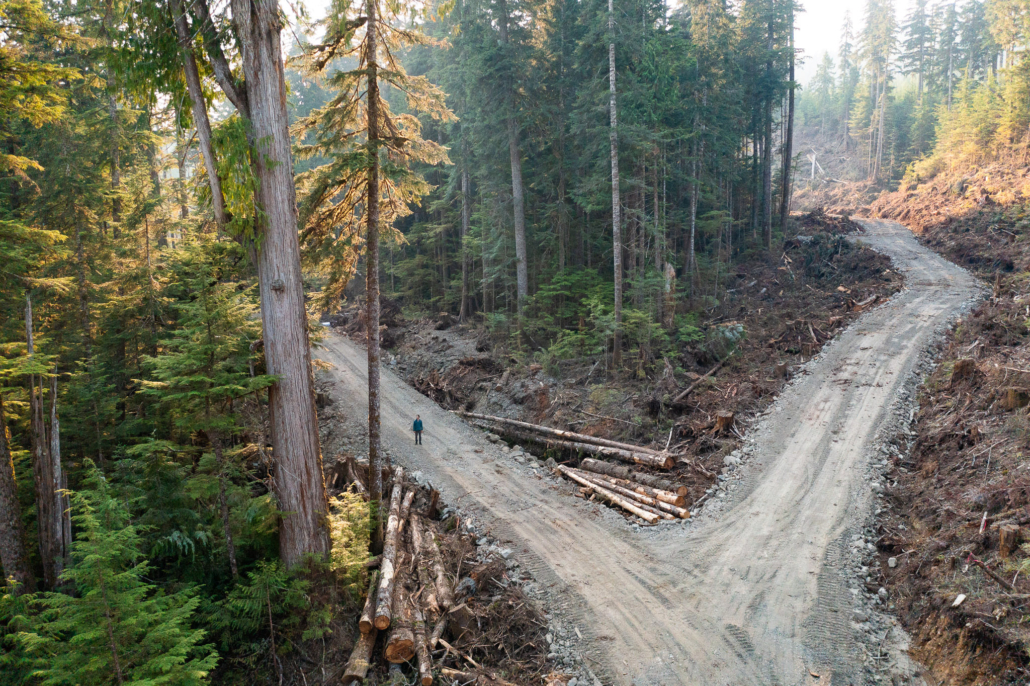The Canadian Press: Poor data hinders B.C. old-growth logging deferrals, advocates say
October 22, 2023
By Brenna Owens
The Canadian Press
Published in The Globe and Mail – Read the original article.
Irreplaceable ancient forests that should meet criteria for interim protection are being left open to logging in British Columbia due to outdated and inaccurate government data, advocates and an ecologist who advised the province say.
“The deferral process was intended to stop the bleed,” said Karen Price, an ecologist who served on the provincially appointed panel that identified 2.6 million hectares of high-priority old growth and recommended it be set aside from logging.
“It was intended to be a quick and dirty stopgap so First Nations and everyone could get together and do sensible planning, and it has not worked that way.”
In November 2021, B.C. announced a process to temporarily defer harvesting in those priority forests, provided First Nations agreed with the proposal in their territories, allowing time for longer-term planning.
It followed an earlier pledge by the province to implement the recommendations from an old-growth strategic review, which urged B.C. to act within six months to defer harvesting in ecosystems at high risk of irreversible biodiversity loss.
The Forests Ministry did not provide the latest deferral numbers. Staff are working on an update that’s expected in the coming weeks, a spokesperson said.
In a statement last July, the ministry said deferrals had been implemented across 1.2 million hectares identified by the panel, while an estimated 11,578 hectares of proposed deferrals were logged between November 2021 and December 2022.
But Price said old growth remains unidentified and open to logging due to “problematic” data that underestimates its age, especially for ancient forests.
The advisory panel worked with provincial data, specifically the vegetation resources inventory, based mostly on aerial images, Price explained.
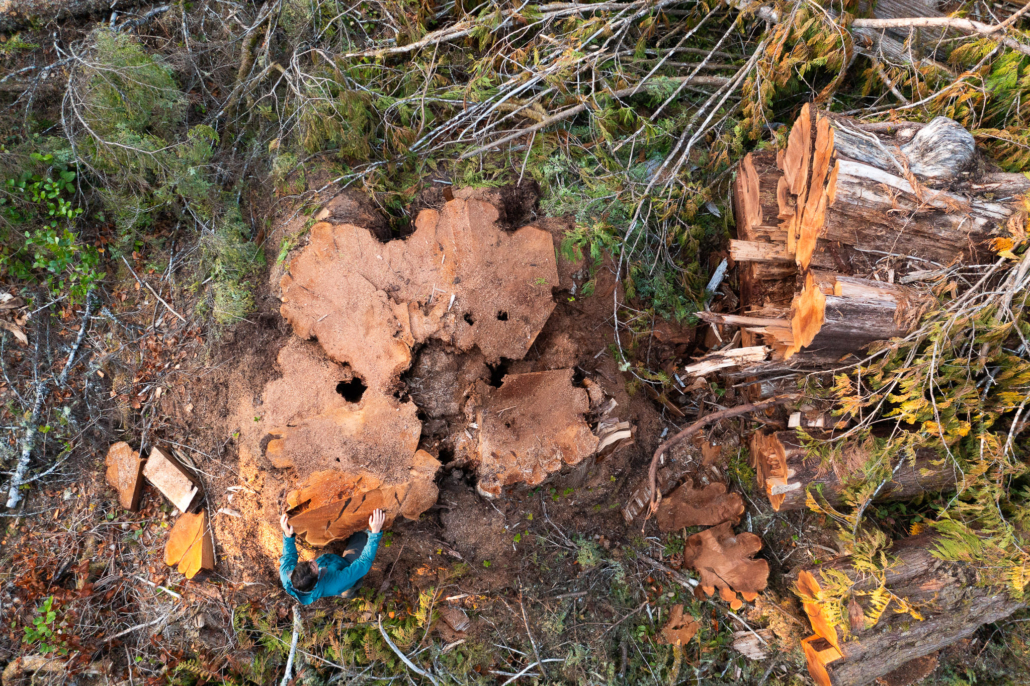
AFA’s Ian Thomas beside a 10 foot wide cedar stump cut in an area missed for logging deferral on northern Vancouver Island, BC.
But the expert panel had access to on-the-ground data from nearly 7,000 sites throughout B.C. and used it to confirm the remote data.
The panel found the accuracy of projected age of trees in the database dropped “considerably” for stands older than 200 years, Price said.
The discrepancy increases with age, so “ancient forests are severely under-represented in the inventory data,” the panel said in a supplementary report.
That means B.C.’s deferral process is missing areas that should meet the criteria for high-priority old growth at risk of permanent loss, Price said.
A statement from the Forests Ministry this month said a total of 2.33 million hectares of old-growth forests have been “deferred or protected,” a figure that includes areas identified by First Nations in addition to the advisory panel.
B.C. is improving data collection on forests, it said. That includes the use of light detection and ranging technology, known as LiDAR, to help governments, First Nations and resource-based companies make better decisions, the ministry said.
TJ Watt, a photographer and co-founder of the Ancient Rainforest Alliance, said he recently visited a cut block on northern Vancouver Island, where he saw a three-metre-wide stump in a stand classified by the province as being 212 years old.
“Walking into the forest, one could tell this is a highly productive ancient forest filled with giant cedar trees,” Watt said of the area in Quatsino First Nation territory.
Many trees in the grove were likely at least 500 years old, he said.
B.C. hasn’t publicly stated which nations have agreed to the proposed deferrals, but Watt said the area wasn’t captured by the deferral mapping in the first place.
Details contained in B.C. government mapping show the “interpretation date” for the area’s vegetation data was January 2000, nearly 24 years ago, he said.
Watt said he isn’t aware of any process for the public to flag potentially misclassified old-growth for deferral consideration.
The old-growth advisory panel used three categories to identify areas of high priority for potential deferral: ancient, remnant, and big-treed.
B.C. classifies ancient forests as 250 years and older in ecosystems that experience more frequent natural disturbances, such as wildfire, and 400 years and older in moist or high-elevation areas where such events are rare, Price said.
It’s in those less-frequently disturbed areas, often found along the coast, where the issue of ancient forests missing from B.C.’s data is “widespread,” she said.
“There’s a lot that would be classified as ancient, and in some of these regions there’s very little,” Price said, referring mostly to coastal areas.
In response to a request for comment, the Forests Ministry said the panel worked with higher-level mapping and “acknowledged that the modelling would need to be verified and that some areas may turn out not to be what they had thought.”
Eddie Petryshen, a conservation specialist with Wildsight, an environmental charity based in southeastern B.C., said he has also seen firsthand the discrepancy between the province’s data and the true ages and types of forests he has visited.
In one example from last July, he said the data for two approved cut blocks north of Revelstoke, B.C., showed the area had trees that were about 245 years old, missing the threshold for the ancient classification in the Interior by five years.
“I went in there and, you know, it was beautiful old-growth inland temperate rainforest with trees that are in the one- to two-metre diameter range, the largest cedars. I would expect those trees to be 300 to 500 years old,” Petryshen said.
It takes longer for cedars to grow to that width in the globally unique inland temperate rainforest than it does on B.C.’s coast, he noted.
“These are ancient trees.”
Petryshen said the forests in those cut blocks should have been captured by B.C.’s deferral process, especially as provincial mapping shows they overlap with a deferral area where the cedar-leading forest was classified as being 265 years old.
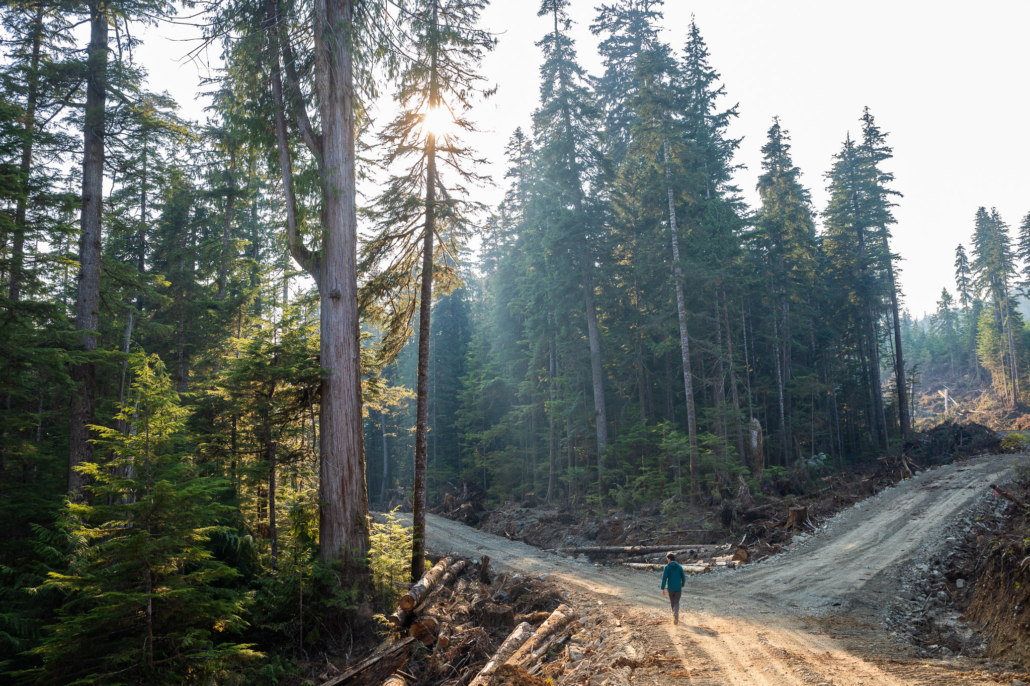
AFA’s Ian Thomas walks along a logging road between scattered patches of old growth and adjacent cutblocks.
He said the B.C. government is allowing old-growth ecosystems to be logged without fully understanding what it is that’s being lost forever.
“We’ve been making really heavy-handed decisions that are based on prioritizing timber for a long time without really good data,” he said.
In looking at the forests B.C. defined as ancient, Price said the panel also found some areas aligned with management boundaries rather than ecological ones, suggesting the criteria hadn’t been equally applied by those doing the analysis.
“There’d be a district line and on one side there would be this forest that was all marked as ancient, and on the other side it wasn’t,” she said.
“The data actually demonstrated that some people were more interested or capable of defining ancient forest than others.”
The cut blocks north of Revelstoke represent the kind of situation that Petryshen said should be addressed through B.C.’s field verification process.
The advisory panel had recommended “precautionary interpretation” of provincial data and local validation before any potential logging of high-priority forests.
But Price said they were concerned from the start that field verification would result in more forests being removed from the deferrals than old growth.
“There’s nobody who’s trying to add to the deferrals, but there’s a whole bunch of people who have an economic incentive to take the deferrals out,” she said.
A provincial guidance document says field verification can be used to both add and remove areas from the deferral mapping in forests where logging is planned.
When an area is removed from the deferrals through field verification, the guidance says another area with the same type of old forest must replace it.
“In most, but not all cases, they seek replacements of equivalent forest,” the ministry statement said of the forest operators carrying out the assessments.
It said field verification has resulted in the identification of 262 hectares as “eligible to be removed” while 103 hectares have been deemed suitable replacements.
“The majority of the 159 hectares … that were removed but not replaced were areas that were burnt to such a significant degree that they no longer qualified as priority at-risk old-growth so (they) did not need replacing,” the statement said.

